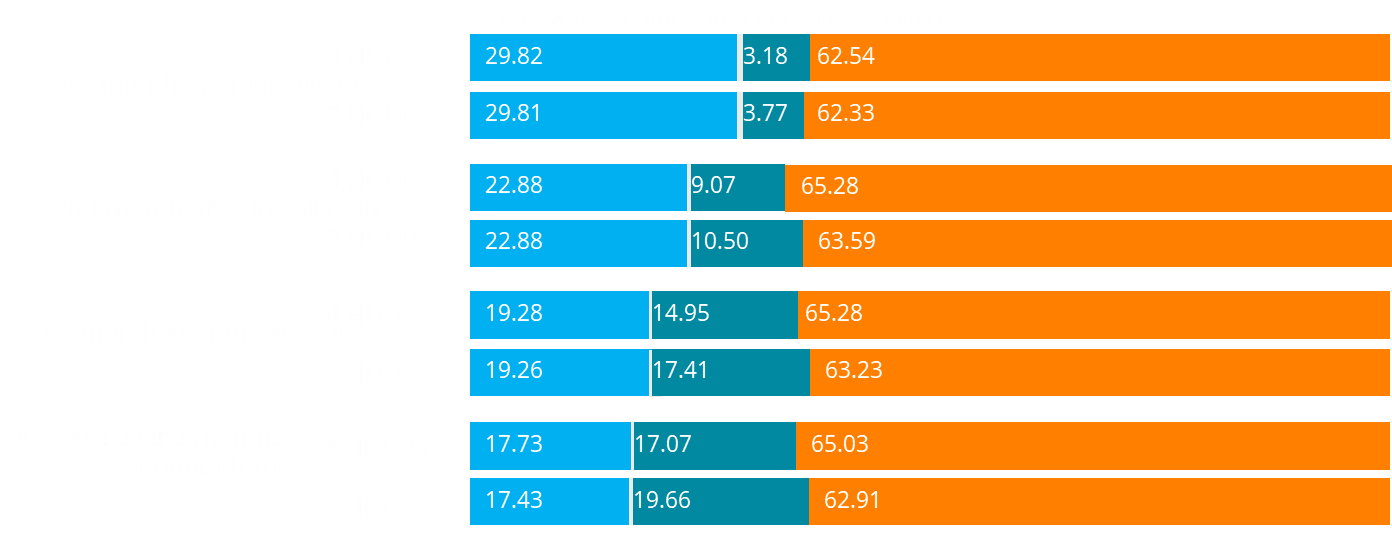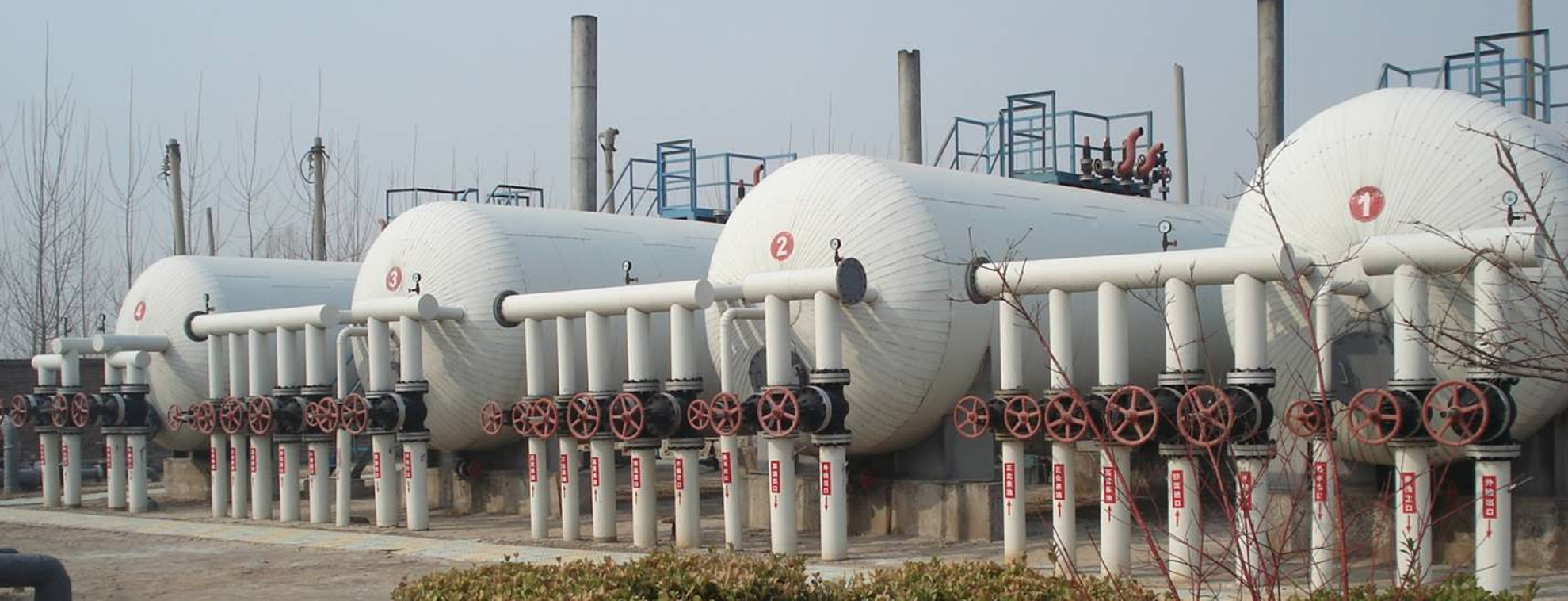Technical data: CDU Tanks at Crude Oil Terminal (COT) South East Asia
The crude which is processed in this COT is coming from offshore and from onshore. In the CDUs (Continuous Dehydration Unit) the crude is settled for 4 hours. During the 4 hours the crude has to separate by gravity. In addition there is a lot of demulsifier added to the crude before entering in the CDUs. The process is monitored every two hours by taking samples, in order to see how much the separation has taken place. After 4 hours settling time the tank is emptied and the crude and emulsion moves to the settling tank, the water to the effluent treatment plant. If there is too much emulsion received, which is more than can be processed in the Emulsion Treatment Plant (ETP) the Emulsion has to be transferred to a interim tank. Receiving constant too much emulsion lead in the end to that the storage capacity is used up. If this is the case production has to be slowed down, which lead to big losses.
Separation improved

In the graph above you will find the separation profile of one of these tanks. The 2 bars on the bottom shows the average profile of the 3 month prior the installation of Merus. For each period there are 2 bars. The upper bar shows the profile after 4 hours settling time, the lower bar the profile after 2 hours settling time. The groups above show the development of the emulsion month after month.
In between the water and the emulsion, there is a shown an undefined stuff in purple. This stuff is called slop, but this is so little, we are not talking about here.
It is obvious that after 3 month using Merus the Emulsion has reduced drastically, from almost 20% to less then 4%. This has happened even with 50% less of demulsifier used, because the customer reduced the amount of chemcials added, after seeing the positive trend.
What additional can be seen in the graph, whereas in the time before using Merus there was a reduction of the emulsion in between 2 and 4 hours settling of 3%, which made it reasonable to have a settling time of 4 hours. In the 3rd month of using Merus, the difference in between 2 hours and 4 hours settling time was only 0,6%. So not so much difference can be seen when having a longer settling time.
Conclusion:
There is very clear evidence there is
- far less emulsion
- 50% less demulsifier used
- not much difference in two or four hours settling time
Having less emulsion has a number of advantages. Not only can half the chemicals be saved, which has a big impact on costs. The following downstream processes, in particular the ETP (emulsion preparation plant), receive significantly less emulsion. This solves a number of problems, the bottleneck of the plant is eliminated, because the capacity of the ETP is now more than sufficient to treat only one sixth of the previous emulsion quantity. There are no longer any restrictions on the amount of crude oil.
If you only have a big difference between 2 hours settling time and 4 hours, give room for thought to reduce settling time generally to just 2 hours or even less.
This doubles the capacity of the crude oil terminal without investing in new hardware. The cost of Merus technology is less than 10% of the savings from using less chemicals. Calculating the benefits of bottle neck removal results in a ROI of just a few hours.

